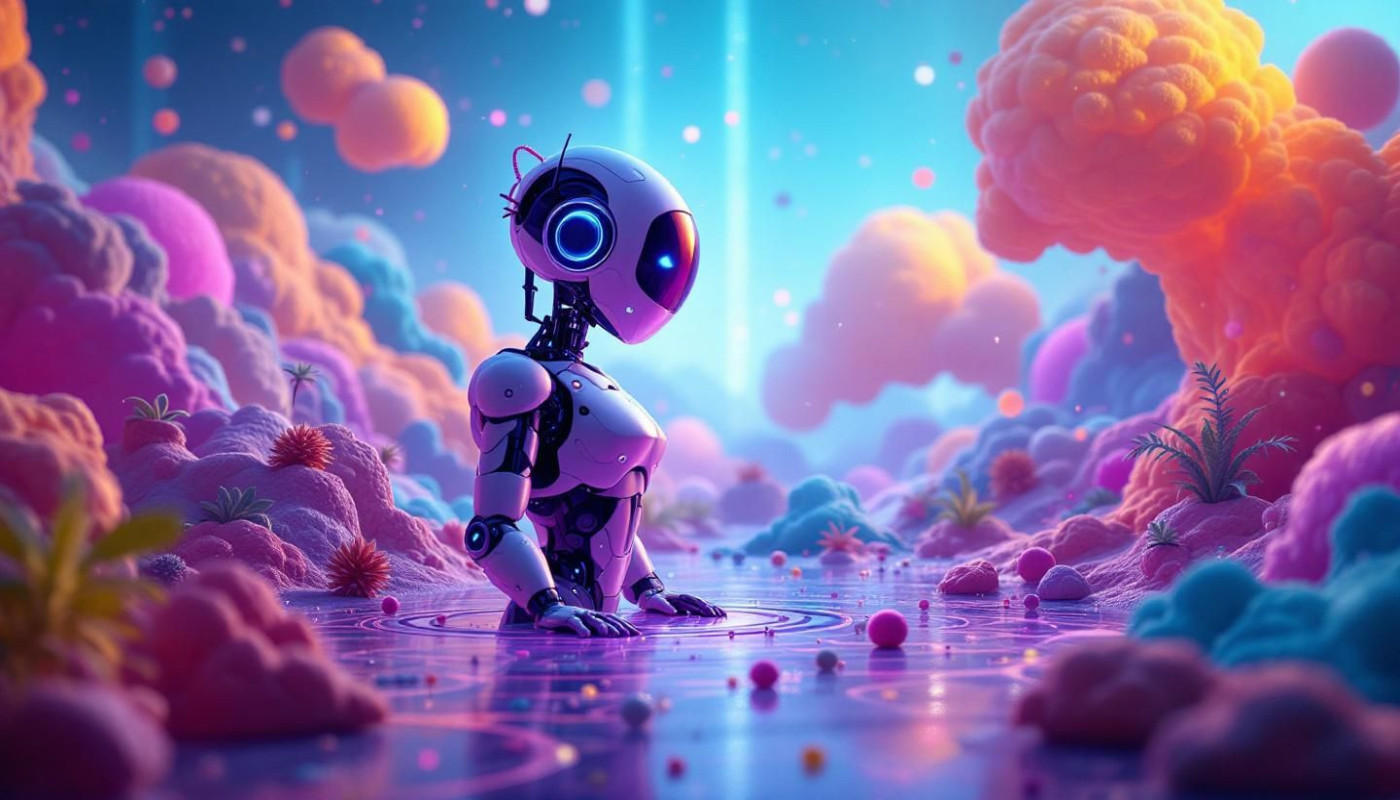Table of contents
Visual content creation is undergoing a remarkable transformation, thanks to the rapid advancements in artificial intelligence. From stunning images to dynamic videos, AI is breaking traditional barriers and enabling creators to push the boundaries of imagination. Explore how this technology is setting new standards and discover the innovative possibilities awaiting you in the world of digital artistry.
Automating creative workflows
Artificial intelligence is transforming visual content workflow by introducing creative automation through sophisticated machine learning algorithms. These AI tools can rapidly perform tasks such as background removal, image enhancement, and template generation, operations that previously consumed substantial time and resources. Automated editing not only accelerates production but improves design efficiency, enabling designers and marketers to prioritize strategic planning and creative ideation over time-consuming manual adjustments. The integration of creative automation in visual content workflow streamlines processes, reduces human error, and enhances overall productivity by systematically handling repetitive tasks. As a result, machine learning algorithms are now central in optimizing visual content production, ensuring that creative professionals can channel their expertise into innovative and impactful campaigns rather than being hindered by routine technical work.
Enhancing image and video quality
Artificial intelligence is radically transforming the landscape of content quality by introducing sophisticated methods such as AI image enhancement, video upscaling, and advanced image processing. Convolutional neural networks (CNNs), a breakthrough in deep learning, enable computers to analyze and improve visual fidelity by learning intricate patterns in photos and videos. These networks power super-resolution techniques, which reconstruct high-definition details from low-resolution sources, often surpassing traditional interpolation algorithms. Noise reduction and color correction are also refined, as AI can distinguish between signal and noise with impressive precision, ensuring that images remain sharp and vibrant.
The impact of these AI-driven advances is felt across numerous sectors, elevating the professionalism of visual content and significantly boosting viewer engagement. Enhanced content quality not only attracts a broader audience but also builds trust and credibility for brands and creators in the digital space. Video upscaling powered by neural networks minimizes artifacts and preserves clarity during resolution changes, making older footage visually appealing for modern platforms. AI image enhancement ensures that every frame and shot is optimized, reflecting the highest standards of image processing and offering a seamless, immersive experience to viewers.
Personalizing content at scale
AI-driven customization has radically transformed how brands approach personalized visuals, enabling scalable content creation that meets the unique needs of diverse audiences and platforms. Through advanced algorithms and dynamic imagery generation, artificial intelligence can produce countless variations of images and videos tailored to user demographics, interests, and real-time behaviors. Adaptive marketing strategies leverage this capability by deploying visuals that shift in response to user engagement patterns, ensuring that each individual receives content that resonates with their preferences and expectations.
Predictive analytics plays a pivotal role in this ecosystem by analyzing vast datasets to anticipate which visual elements—such as color schemes, layouts, and subject matter—will most likely capture attention within different user segments. By using these insights, marketers can optimize campaigns for higher conversion rates and deeper engagement, effectively automating what would otherwise be a labor-intensive creative process. The blend of automation and personalization means that scalable content creation is not only feasible but also highly effective, allowing brands to remain agile in a rapidly changing digital landscape.
Businesses seeking to implement AI-driven personalization can explore specialized platforms that generate tailored visuals on demand, such as by clicking here. These solutions streamline the workflow from concept to distribution, allowing marketers to focus on strategy while the technology adapts assets for various channels and audiences. The integration of dynamic imagery and data-driven insights ensures adaptive marketing campaigns that consistently deliver relevant, impactful content at scale.
Generating original artwork
Artificial intelligence is dramatically expanding the frontiers of creative expression, enabling the generation of original artwork through innovative techniques and advanced algorithms. With AI art generation, systems based on generative adversarial networks (GANs) are now capable of autonomously producing digital illustration, unique designs, and digital paintings with remarkable complexity and novelty. These generative models work by pitting two neural networks against each other, resulting in outputs that are not only visually striking but also unexpected, often reaching levels of creativity that challenge traditional notions of authorship. This shift opens up transformative possibilities for artists, who can collaborate with creative AI tools to explore new visual languages and streamline their workflow, while brands and content creators gain access to a vast array of distinctive visuals tailored to their identity. The integration of generative models into the creative ecosystem suggests that the landscape of original artwork will continue to evolve, driven by the synergy between human ingenuity and machine precision.
Ethical considerations in AI creativity
AI-generated images and visual content introduce a dynamic shift in the creative landscape, yet this progress brings complex ethical AI dilemmas. Issues such as copyright infringement have become prominent, with systems capable of reproducing and modifying existing artworks at unprecedented scale. Misinformation is another pressing concern, as deepfake detection technologies struggle to keep pace with sophisticated digital alterations that blur the line between fact and fabrication. Upholding content authenticity is vital not only for creators but also for audiences seeking trustworthy visual information in a rapidly evolving digital ecosystem.
To address these challenges, creative responsibility demands ongoing attention to digital ethics and transparent attribution. Emerging guidelines encourage the clear labeling and disclosure of AI-generated images, fostering a culture of informed consumption and production. Industry bodies and ethicists advocate for the integration of robust deepfake detection systems within digital platforms, aiming to safeguard content authenticity and reduce the spread of manipulated visuals. Adopting best practices—such as obtaining explicit permissions for training datasets and implementing verify-before-sharing protocols—can help ensure that artificial intelligence enhances, rather than undermines, the integrity of visual storytelling in the creative industries.
Similar articles

Exploring The Impact Of Celebrity Endorsements On Brand Success

Unveiling the Mystery of Digital Art Creation

